What are the Differences Between Onshore and Offshore Gas
Oil and gas exploration and extraction are critical components of the global energy economy, meeting a large amount of the world’s energy demands. These resources are obtained primarily through two methods: onshore drilling and offshore drilling. While both technologies play an important part in addressing energy needs, they also have their own set of obstacles and environmental concerns. This article explores the operational differences between onshore and offshore oil and gas, as well as the benefits and drawbacks of each, as well as the environmental impact of each.
In short, onshore gas projects are generally easier and less expensive to develop, while offshore gas projects involve higher costs, greater technical complexity, and stricter safety requirements.
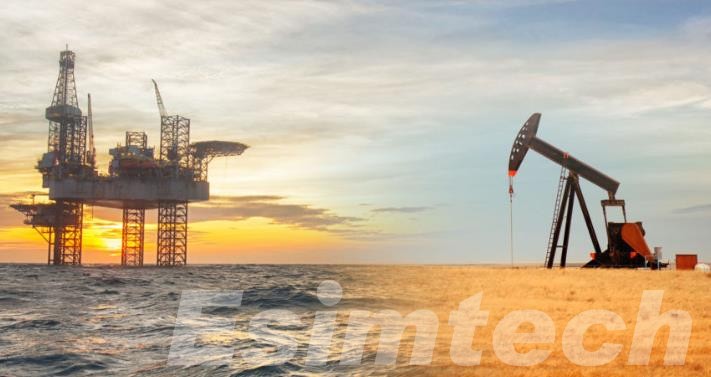
What are Onshore and Offshore Oil and Gas
What is Onshore Oil and Gas Drilling
Onshore oil and gas drilling, also known as land-based drilling, is a method of obtaining hydrocarbon resources from land-based reservoirs beneath the Earth’s surface. It is an essential component of the worldwide energy economy and plays a significant role in meeting the world’s energy needs.
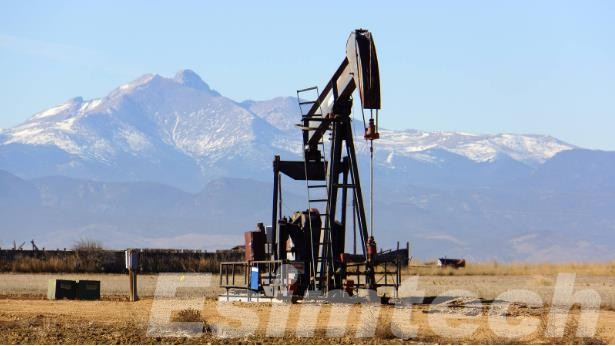
Key Aspects of Onshore Oil and Gas Operations
Exploration and Drilling: Onshore drilling begins with geological surveys and seismic studies to identify possible oil and gas reserves. Drilling rigs are put up on land to access reserves once potential sites are found. These drilling operations might include everything from traditional vertical wells to more modern horizontal and directional drilling techniques.
Access and Infrastructure: Onshore drilling sites are usually more accessible than offshore sites, making transportation of equipment, employees, and supplies easier. This accessibility minimizes the logistical and financial hurdles associated with remote offshore drilling.
Environmental Impact: Onshore drilling has the potential to have a significant influence on the surrounding ecology. It could result in land disturbance, habitat damage, and soil and groundwater contamination. These effects, however, can be avoided and controlled by strong regulatory oversight and responsible drilling practices.
Community Impact: Onshore drilling frequently happens in populated areas, raising the possibility of confrontation with local people. Noise, traffic, air quality, and pollution concerns can all develop, necessitating effective community engagement and respect for environmental standards.
Production Costs: In general, onshore drilling is less expensive than offshore drilling. Because drilling locations are close to infrastructure and markets, transportation costs are reduced, making it an appealing alternative for oil and gas firms, particularly in places with conveniently accessible deposits.
What is Offshore Oil and Gas Drilling
The process of extracting hydrocarbon resources from beneath the seabed, often in oceans or other bodies of water, is referred to as offshore oil and gas drilling rigs. This method of exploration and production is an important component of the global energy economy, playing a significant role in supplying the world’s energy demands.
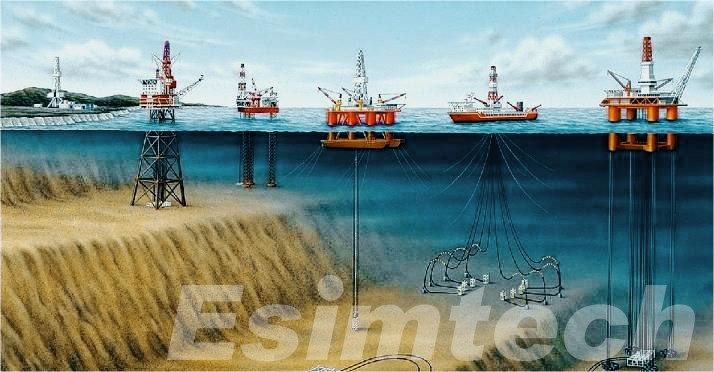
Key Aspects of Offshore Oil and Gas Operations
Marine Environment: Offshore drilling takes place in a marine environment, which poses unique challenges compared to onshore drilling. Operators must contend with the dynamic nature of the sea, which includes tides, waves, and storms.
Technological Complexity: Offshore drilling is technically complex and often requires specialized equipment and infrastructure. Deepwater drilling, in particular, demands advanced technologies to access hydrocarbon reservoirs located far beneath the seabed.
Environmental Impact: Offshore drilling carries environmental risks, including the potential for oil spills, habitat disruption, and harm to marine life. However, stringent safety measures and regulations have been developed to reduce the likelihood of environmental disasters.
Energy Security: Offshore drilling targets large reserves distant from shore, thereby helping to energy security by gaining access to hitherto undiscovered resources. This variety of energy sources improves a country’s energy resiliency.
Economic Benefits: Offshore drilling can stimulate local economies by creating jobs and producing revenue. It also eliminates the need for long-distance oil and gas transportation, which contributes to economic efficiency.
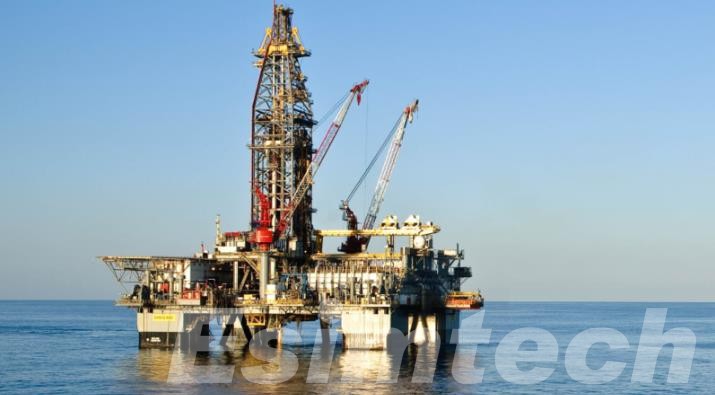
How to Choose Between Onshore and Offshore Oil and Gas for Balancing Energy Needs and Environmental Concerns
- Resource Assessment
Conduct an in-depth analysis of available oil and gas reserves. Consider the size of the reserves, their depth, and their closeness to the coast.
- Environmental Impact Assessment
Examine the environmental consequences of both onshore and offshore operations. This should involve assessing the potential for habitat disturbance, water contamination, greenhouse gas emissions, and oil spills
- Technological Feasibility
Evaluate the technological feasibility of both options. Consider the availability of advanced drilling technologies such as drilling simulation systems, safety measures like Blowout Preventer (BOP), and environmental protection measures.
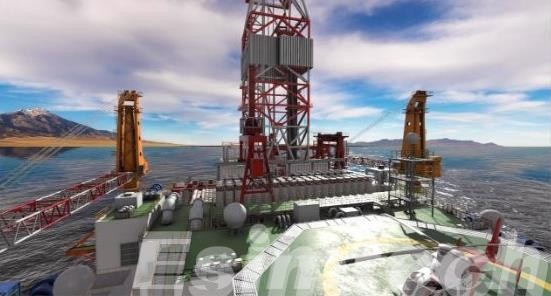
Portable drilling well control simulation training system is a portable and fully functional well control simulation training solution. It simulates numerous working circumstances and characteristics like as pressure, torque, drilling rate, and displacement, among others, using mathematical models.
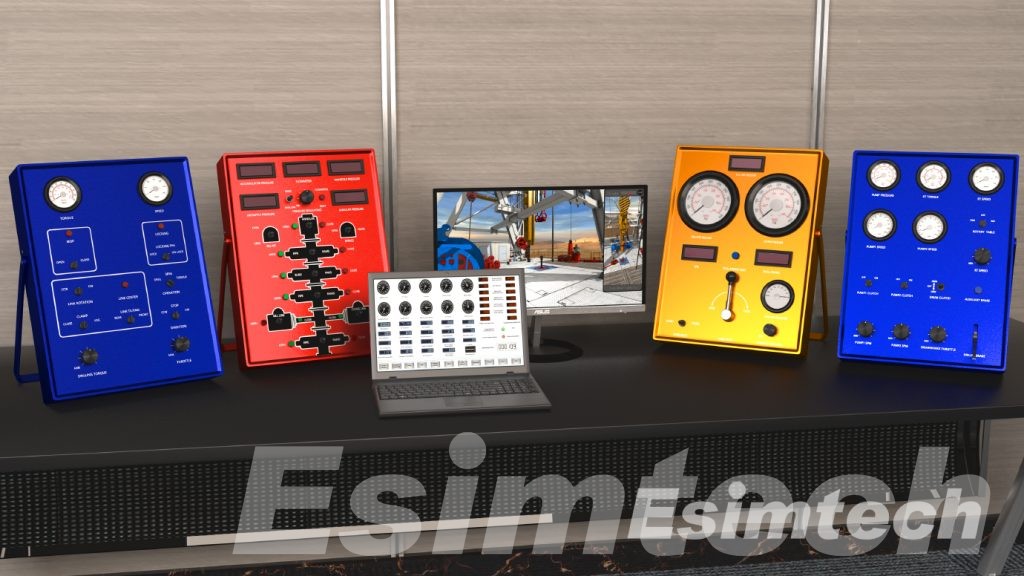
Top drive simulators teach all aspects of top drive operation and common accident handling. It uses numerous mathematical models to simulate the operation of the top drive, taking into account the changing rules of various factors. Accidents pre-set technology simulates common accidents and gadget flaws, allowing the instructor to enter the accidents or flaws at any moment.
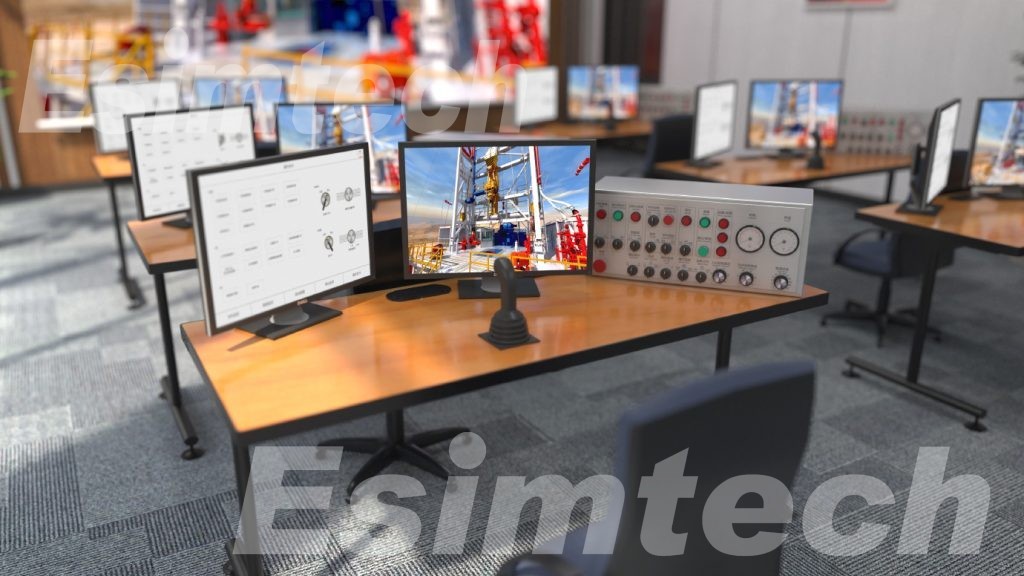
A blowout preventer is a sophisticated piece of machinery that prevents the uncontrolled flow of oil, gas, and other fluids from a well during drilling or production activities. The primary role is to manage pressure within the wellbore and prevent uncontrolled escapes of oil, gas, and other fluids.

- Economic Analysis
Perform a cost-benefit analysis to compare the economic viability of onshore and offshore drilling. Assess factors such as production costs, transportation expenses, and potential revenue generation.
- Energy Security
Consider the impact on energy security. Evaluate whether offshore drilling provides access to previously untapped resources or if onshore drilling can meet immediate energy needs more efficiently.
- Regulatory Framework
Understand the regulatory framework for both onshore and offshore drilling in the region. Ensure that the chosen option complies with environmental and safety regulations.
- Community Engagement
Engage with local communities and stakeholders to understand their concerns and preferences. Address their questions and involve them in the decision-making process to build support for the chosen option.
- Risk Mitigation
Identify the hazards associated with each solution and devise effective risk-mitigation techniques. This may include emergency response plans, spill containment techniques, and methods for mitigating environmental damage.
- Technology and Innovation
Investigate technological and innovative opportunities. Examine whether advances in drilling technology, renewable energy, or carbon capture and storage can lessen the environmental impact of either option.
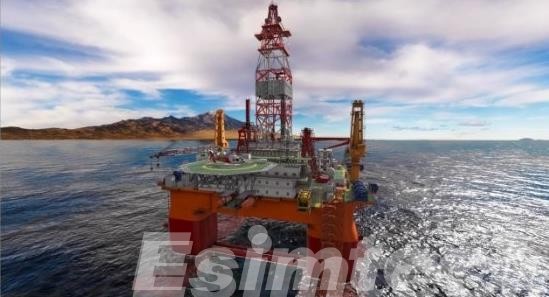
- Energy Transition Considerations
Consider the larger energy transition aims. Examine how the chosen alternative fits in with the move to cleaner, more sustainable energy sources, and whether it helps to reduce carbon emissions.
- Long-Term Sustainability
Examine the chosen option’s long-term viability. Consider resource depletion, stranded assets, and the shift to other energy sources.
- Public Perception and Acceptance
Assess public acceptance of both onshore and offshore drilling. Consider the social license to operate and the potential impact on a company’s reputation.
- Future Expansion and Flexibility
Think about future expansion and flexibility. Assess whether the chosen option allows for scalability and adaptation to changing market conditions and energy demands.
- Renewable Energy Opportunities
Explore the potential for diversifying operations into renewable energy sources, such as offshore wind or solar, to align with sustainability goals and reduce the environmental impact of oil and gas operations.
- Decision and Monitoring
Make an informed decision based on the comprehensive assessment of all factors. Implement robust monitoring and reporting systems to track environmental performance and ensure compliance with regulations.
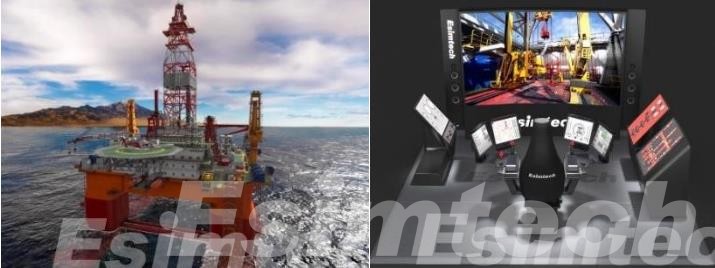
- Continuous Improvement
Continuously assess and improve environmental practices and safety measures to minimize the environmental impact and enhance sustainability.
Choosing between onshore and offshore oil and gas operations is a complex issue that takes into account economic benefits, energy security, and environmental concerns.
Conclusion
Drilling operations for onshore and offshore oil and gas are critical for addressing global energy demands, but they have distinct benefits and drawbacks. While onshore drilling is more accessible and cost-effective in general, offshore drilling provides access to large deposits but comes with more technical and environmental concerns. To balance energy requirements with environmental considerations, responsible practices, tight regulation, and a commitment to shifting to greener energy sources are required. Finally, the ability to solve these difficulties and drive the sector toward a more sustainable and environmentally responsible course will define the future of oil and gas development.
